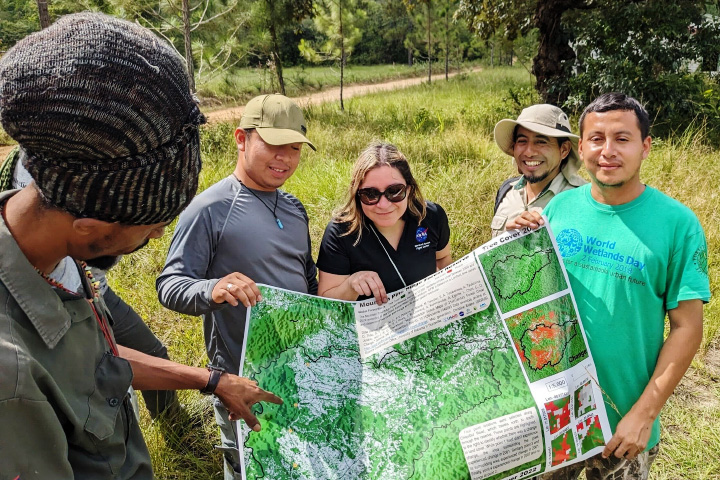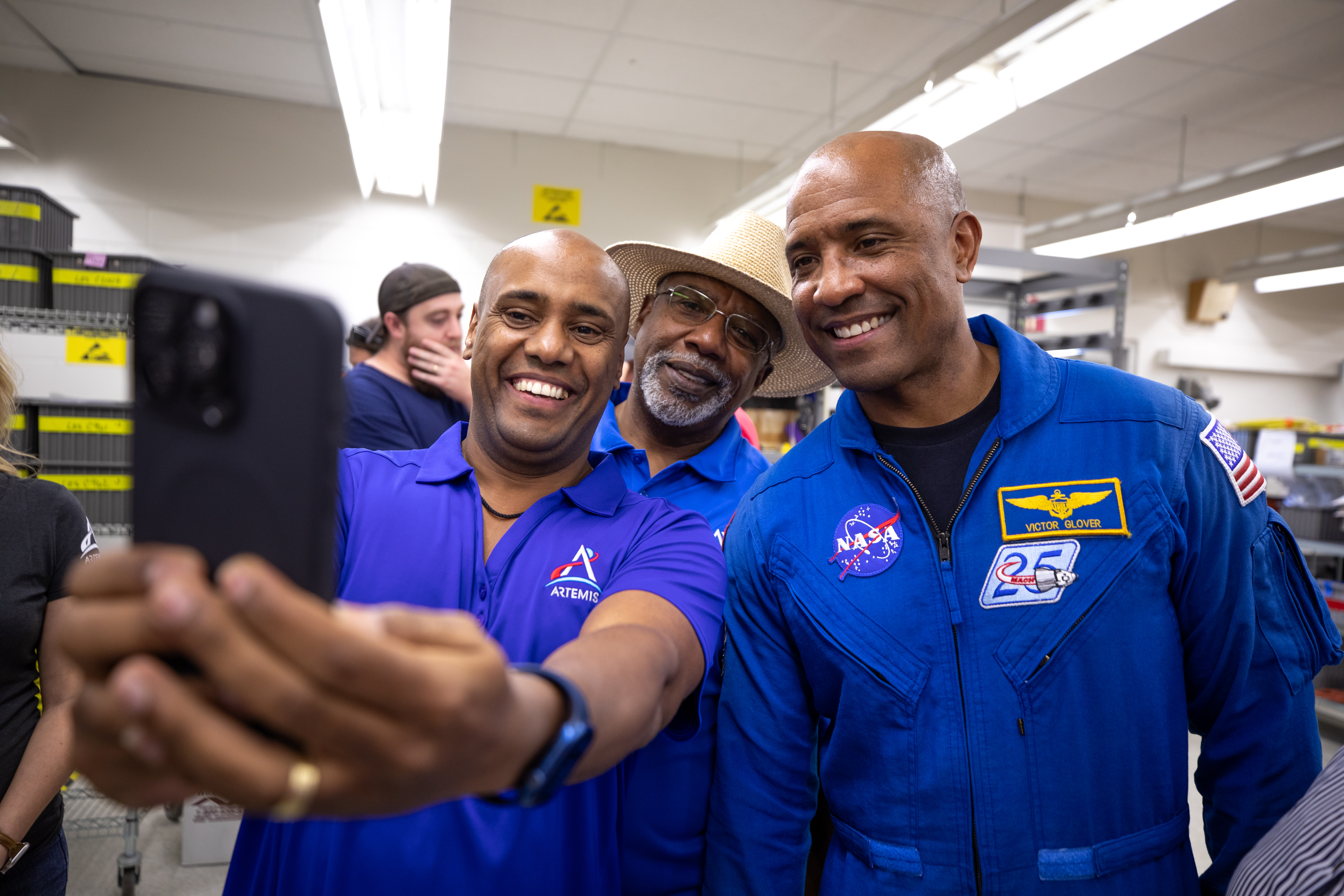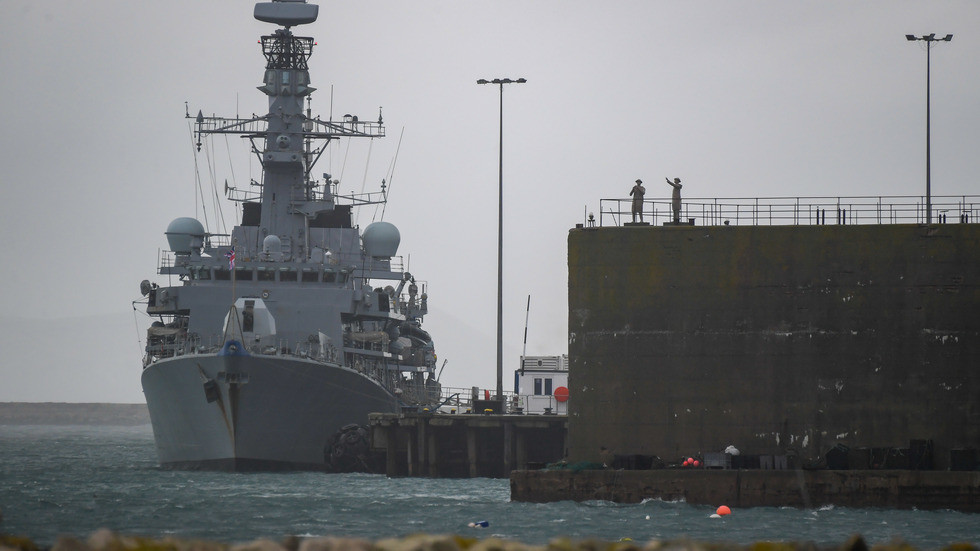
Sign up for our free Health Check email to receive exclusive analysis on the week in health
Get our free Health Check email
Get our free Health Check email
I would like to be emailed about offers, events and updates from The Independent. Read our privacy policy
Florida state and federal authorities have recovered a million dollars’ worth of stolen gold coins that are linked to a fleet of sunken 18th-century treasure ships.
The state’s Fish and Wildlife Commission said it had partnered with the FBI to retrieve the 37 “priceless historical artifacts” following a lengthy investigation.
“In 2015, members of the Schmitt family, working as contracted salvage operators for 1715 Fleet - Queens Jewels, LLC, uncovered a treasure trove of 101 gold coins from the wrecks off Florida’s Treasure Coast,” the agency said in a press release. “While 51 of these coins were reported correctly and adjudicated, 50 coins were not disclosed and were subsequently stolen.”
The coins include a one-of-a-kind gold piece from 1709 that was mistakenly hammered with a silver coin stamp. That coin, sometimes referred to as a “Holy Grail coin,” was reclaimed this year after being illegally sold at auction for about $50,000, according to McClatchy News.
Following new evidence in June, investigators launched an in-depth probe. While the commission did not reveal what that evidence was, it said the new information linked a member of the Schmitt family, Eric Schmitt, to the illegal sale of multiple stolen gold coins between 2023 and 2024.
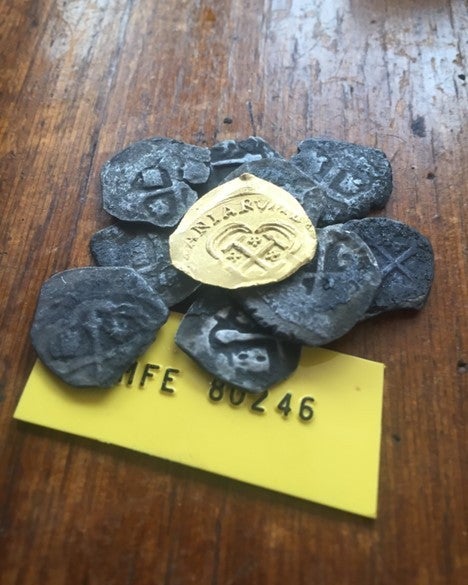
After executing search warrants, the coins were recovered from peoples’ homes, safe deposit boxes, and auctions.
A Florida-based auctioneer unknowingly purchased five gold coins from Schmitt. They have since been reclaimed.
Schmitt faces charges for dealing in stolen property.
“Advanced digital forensics identified metadata and geolocation data linking Eric Schmitt to a photograph of the stolen coins taken at the Schmitt family condominium in Fort Pierce. It was also discovered that Eric Schmitt took three of the stolen gold coins and placed them on the ocean floor in 2016 to be found by the new investors of 1715 Fleet - Queens Jewels, LLC,” the agency wrote.
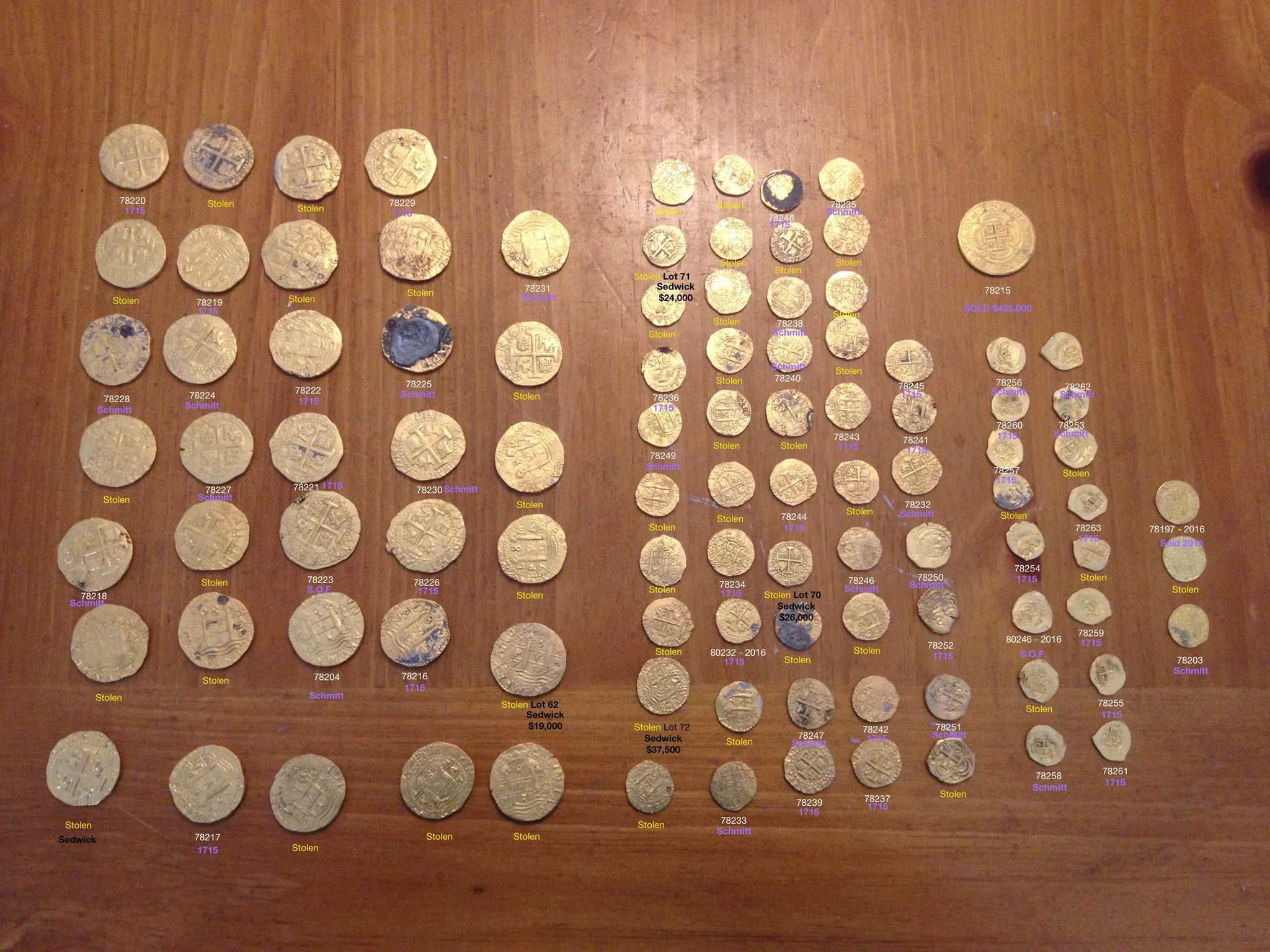
The recovered artifacts will be returned to their rightful custodians, and investigators said that they were committed to recovering an additional 13 stolen coins.
The commission said it worked with historical preservation experts to authenticate and appraise the coins.
“This case underscores the importance of safeguarding Florida’s rich cultural heritage and holding accountable those who seek to profit from its exploitation,” FWC investigator Camille Soverel said.
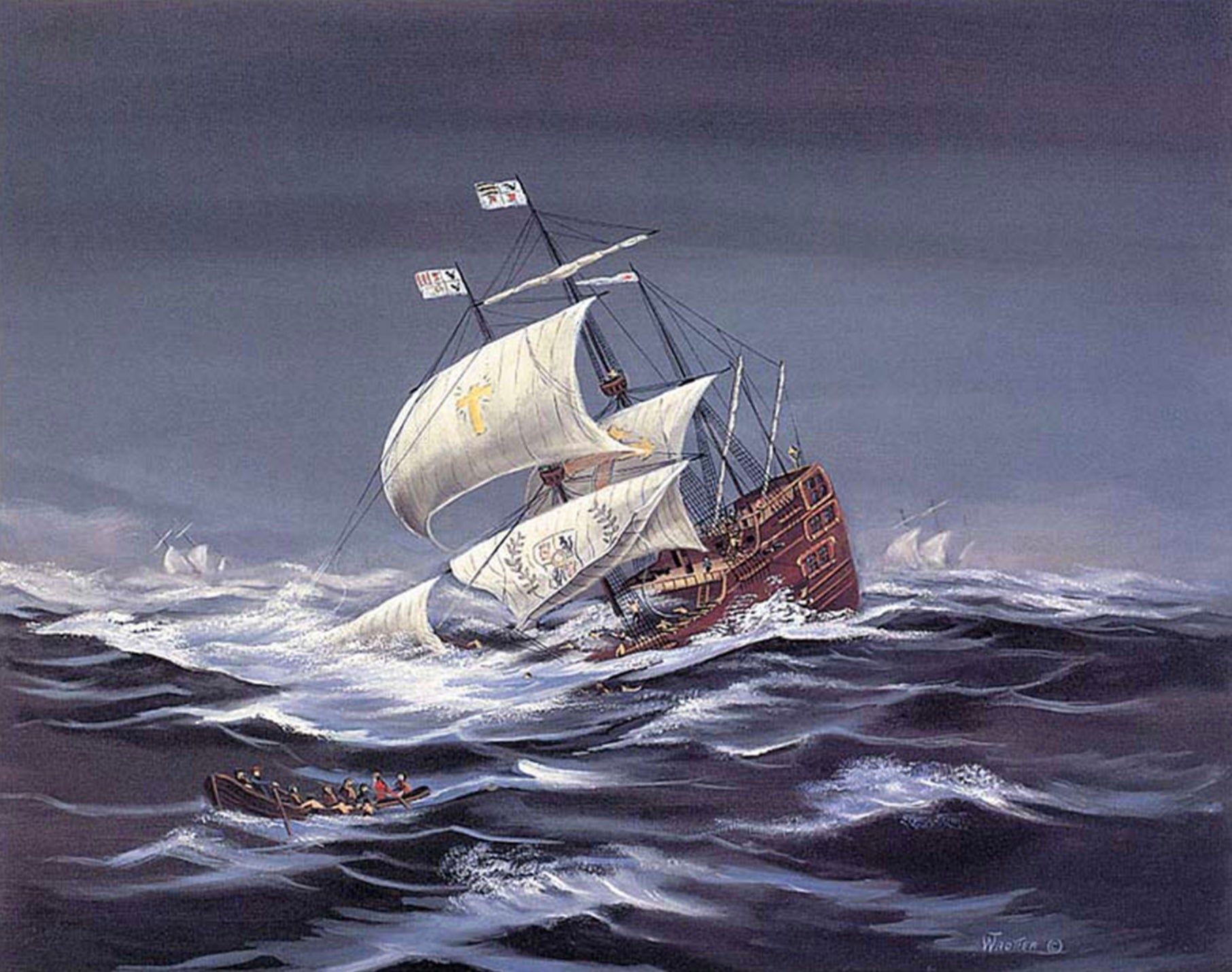
Spanish fleets traveled the waters between Spain and the Americas between the mid-16th to mid-18th century, transporting massive amounts of New World treasure. The return voyage was the most perilous, as pirates and other European rivals threatened to seize the cargo. But, the greatest danger was from hurricanes, according to the National Park Service.
More than 300 years ago, the 1715 Spanish treasure fleet was wrecked during a July hurricane off Florida’s shores. The storm took down 11 of the 12 ships that were sailing on a course from Cuba to Spain.
Spain’s treasure fleets were also devastated by hurricanes near the Sunshine State in 1733.
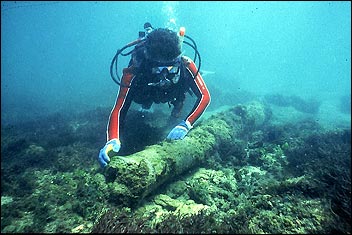
Although they managed to recover some treasure, much of it remained on the ocean floor and sunken ships lay there for over 200 years until they were discovered. Today, the remains of the Urca de Lima and the 1733 San Pedro are protected as Florida Underwater Archaeological Preserves, and the area is nicknamed the Treasure Coast.
Thousands of dollars in silver coins were found from the 1715 fleet in 2020.

 By The Independent (Science) | Created at 2024-11-26 23:48:36 | Updated at 2024-11-27 02:40:33
3 hours ago
By The Independent (Science) | Created at 2024-11-26 23:48:36 | Updated at 2024-11-27 02:40:33
3 hours ago

